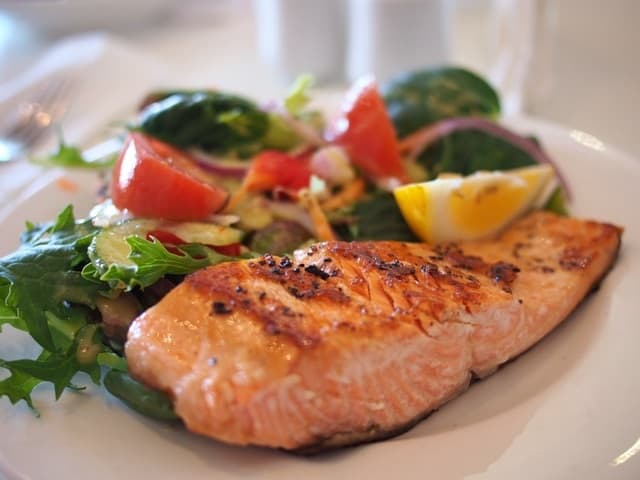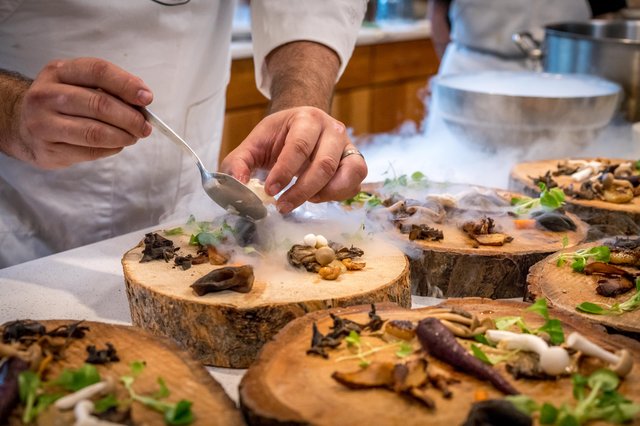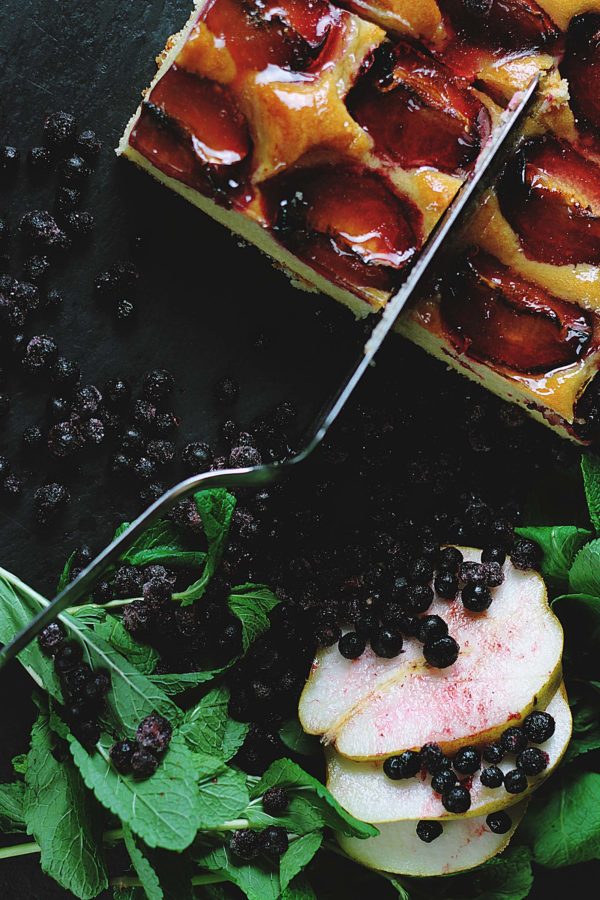Salmon is one fish people love and for a good reason. Aside from being readily available, it is delicious and can be cooked in many different ways. It is also a nutritious fish, with loads of vitamin B12, vitamin D, selenium, and Omega-3 fatty acids. It is good for the bones and joints, great for the brain, and it is heart healthy too.
Aside from being a good fish to eat for good health, its taste is something that you can’t find in other fish. It has a creamy texture and doesn’t have that fishy taste that you get from most other types of fish. Fresh is always best though, since canned salmon can have the metallic, fishy taste that people hate.
How to Choose and Store Salmon
In buying salmon, you should be aware that there are two kinds – farmed and wild. Wild salmon is the more expensive of the two, and this is because they are less fatty, has a better texture and flavor, has fewer calories, and is tastier than its farmed counterpart. It is more difficult to come by as well, which means most of the salmon you find being sold in grocery stores are the farmed ones.
Whether you are lucky enough to come across wild salmon in your favorite grocery store, or have access to only farmed salmon, there’s one rule of thumb to remember when choosing your fish. If it smells weird, do not buy it. Since most salmon sold in grocery stores are already cut in fillets, steaks, or sides, you won’t have much of a chance to check the fish’s eyes for clarity or to check the gills for freshness. This is why you have to trust your sense of smell to determine its freshness.
When you have your salmon and are not planning on cooking it that same day, be sure to freeze your fish as soon as you get home. When you thaw it out after being frozen, be sure to cook and consume it on the same day. Fish that has been frozen and thawed out cannot be frozen safely again, which is why you have to cook and eat it all on the same day.
To make sure that you only thaw out what you need to cook, portion your salmon in different plastic bags before freezing. This allows you to just thaw out the fish you will be using that day. This will also prevent wastage and save you money, since salmon is not cheap fish, even if it is the farmed variety.

Cooking Salmon
There are many ways to cook salmon. The choice is totally up to your taste and what you are prepared to do with the fish. Here are some of the methods people use when cooking this succulent, pink fish:
Pan Frying – The easiest cooking method is to pan-fry your salmon, which can result in crispy skin and juicy flesh. Use a heavy non-stick pan or a cast-iron skillet that is properly seasoned to ensure that the fish does not stick. Heat butter or oil over medium heat, place your salmon skin side down and let it cook for 5 minutes without touching it. Once the skin has crisped up, turn the fish over and cook on the flesh side for 4 minutes.
Baking – When you bake salmon, the best method would be to do it “en papillote” or in parchment paper. This is the most common way for salmon to be cooked since it results in soft and flavorful fish. Place your salmon on a piece of parchment paper, season with olive oil, salt, herbs, and any other spices you want it to be flavored with.
To ensure that it does not burn on the baking sheet while in the oven, place the fish over slices of lemon or some vegetables (asparagus and potatoes are good for this) to keep it off the pan. Close up your paper parcel and bake in a preheated oven for 10 minutes. If you want your fish to have crispy skin, forgo the vegetables underneath and place it skin side down on the tray while in the paper.
Poaching – some people love to poach their fish and this is to avoid adding any more oils to the already oily salmon. To poach your fish, bring your poaching liquid to a simmer (this can be salted water, chicken stock, fish stock, or even milk), add your seasonings, and then slowly lower the fish into the water with a slotted spoon or spatula. Let the fish sit in the simmering liquid (simmering, not boiling) and let it cook for ten minutes uncovered.
Salmon is indeed a very healthy, versatile, and tasty fish. Just make sure that you buy these fresh and store these properly after buying. Also make sure that you cook this fish properly in order to enjoy its unique, buttery texture and flavor.



